Birds bring life, color, and melody to our outdoor spaces. Whether you’re a seasoned birder or someone looking for a new hobby, hosting a backyard birdwatching challenge can transform your relationship with these feathered visitors while creating meaningful connections with friends and family. This activity combines the joys of nature observation with friendly competition, environmental education, and community building. By creating a structured challenge, you’ll develop a deeper appreciation for local biodiversity and contribute valuable data to citizen science projects while enjoying the simple pleasure of witnessing birds in their natural behaviors.
Understanding the Appeal of Backyard Birdwatching
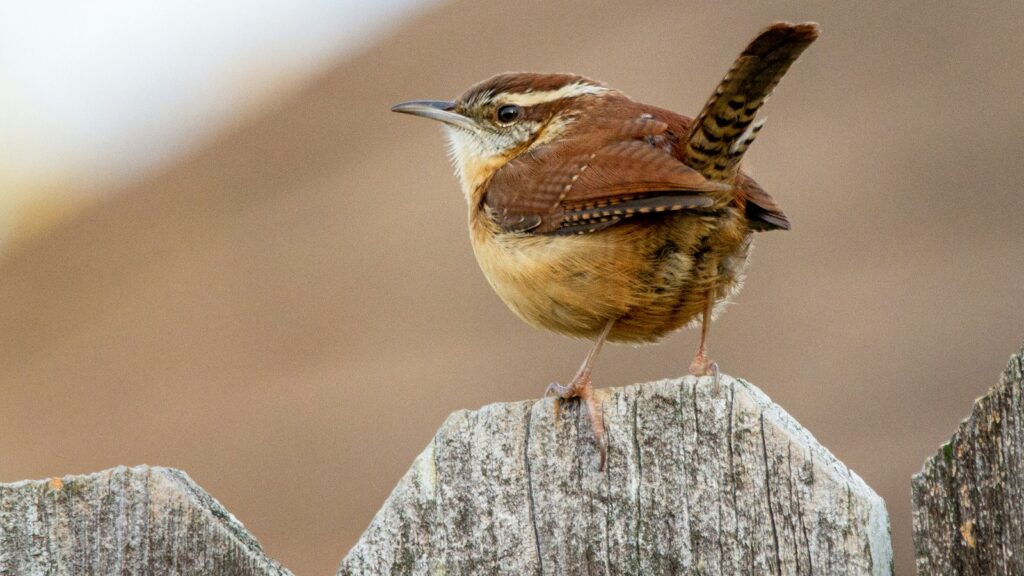
Backyard birdwatching has surged in popularity as people discover the accessibility of this rewarding hobby that requires minimal equipment and can be enjoyed from the comfort of home. Unlike many outdoor activities that demand travel or specialized gear, birdwatching can begin the moment you step outside your door, making it perfect for people of all ages and physical abilities. The psychological benefits of connecting with nature through birdwatching include reduced stress, improved mood, and enhanced mindfulness as you tune into the present moment while observing avian visitors. Beyond personal enjoyment, regular backyard birdwatching creates a greater sense of stewardship for local ecosystems and fosters awareness of environmental changes affecting bird populations. Studies show that people who regularly observe backyard birds develop stronger emotional connections to wildlife conservation issues and are more likely to take actions that benefit biodiversity.
Selecting the Perfect Time Frame for Your Challenge
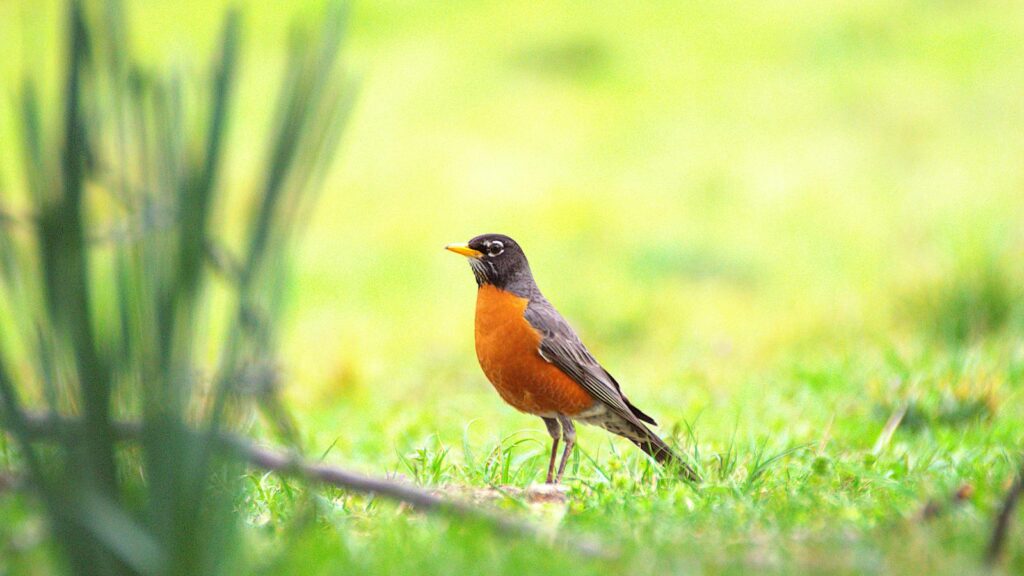
The duration of your birdwatching challenge significantly impacts participation levels and the diversity of species you might encounter. Weekend challenges lasting 24-48 hours work well for beginners or those with busy schedules, creating an accessible entry point that doesn’t overwhelm newcomers. Seasonal challenges spanning several weeks to a month allow participants to witness migration patterns and changing bird behaviors, with spring and fall migrations offering particularly spectacular viewing opportunities. Some enthusiasts prefer year-long challenges that document the complete cycle of resident and migratory birds, creating a comprehensive picture of your backyard ecosystem through all seasons. When selecting your timeframe, consider local weather patterns, migration schedules specific to your region, and the commitment level of your participants to maximize engagement and enjoyment. Remember that longer challenges benefit from regular check-ins, updates, and mini-goals to maintain momentum and enthusiasm throughout the duration.
Creating Compelling Challenge Categories
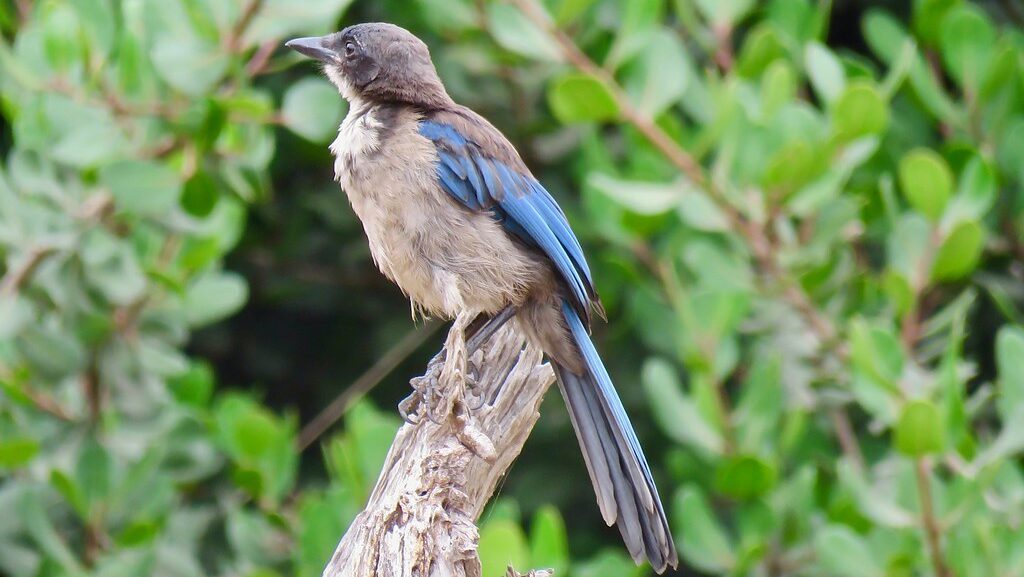
Thoughtfully designed categories transform a simple bird count into an engaging competition that highlights different aspects of birdwatching. The “Species Diversity” category rewards participants who identify the greatest number of different bird species, encouraging thorough observation and careful identification skills. For photography enthusiasts, include a “Best Bird Photography” category with subcategories like action shots, rare sightings, or humorous moments that showcase both technical skill and patience. Consider adding a “Behavioral Observations” category where participants document interesting activities like nest-building, courtship displays, or feeding behaviors, deepening their understanding of avian ecology. For participants with varying experience levels, include beginner-friendly categories like “Most Colorful Birds” or “Loudest Singers” alongside more advanced categories like “Rarest Sighting” or “Most Complete Species List.” The most successful challenges balance competitive elements with educational components, ensuring everyone learns something new regardless of their birdwatching expertise.
Essential Tools and Equipment for Participants
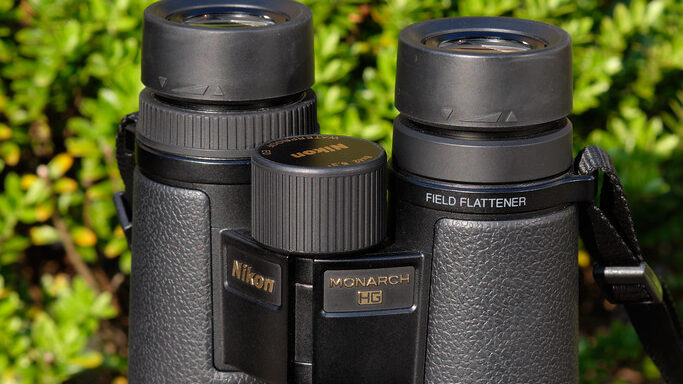
Equipping your participants with the right tools enhances both enjoyment and accuracy during the challenge. Quality binoculars represent the most important investment, with 8×42 magnification generally providing the ideal balance between magnification and field of view for backyard birdwatching. A reliable field guide specific to your region helps with identification, with options ranging from traditional printed guides to smartphone apps like Merlin Bird ID or Audubon that offer visual references and sound recordings to confirm identifications. A dedicated notebook or digital tracking system allows participants to record sightings systematically, including details about species, numbers, behaviors, and time of day that might reveal patterns over time. For those interested in photography, camera equipment with decent zoom capabilities will capture memorable moments, though smartphone cameras with digiscoping adapters (special mounts that connect smartphones to binocular eyepieces) offer affordable alternatives. Remind participants that patience and stillness often yield better results than expensive equipment, as birds typically become more comfortable and display natural behaviors when human presence fades into the background.
Designing Bird-Friendly Spaces to Increase Sightings
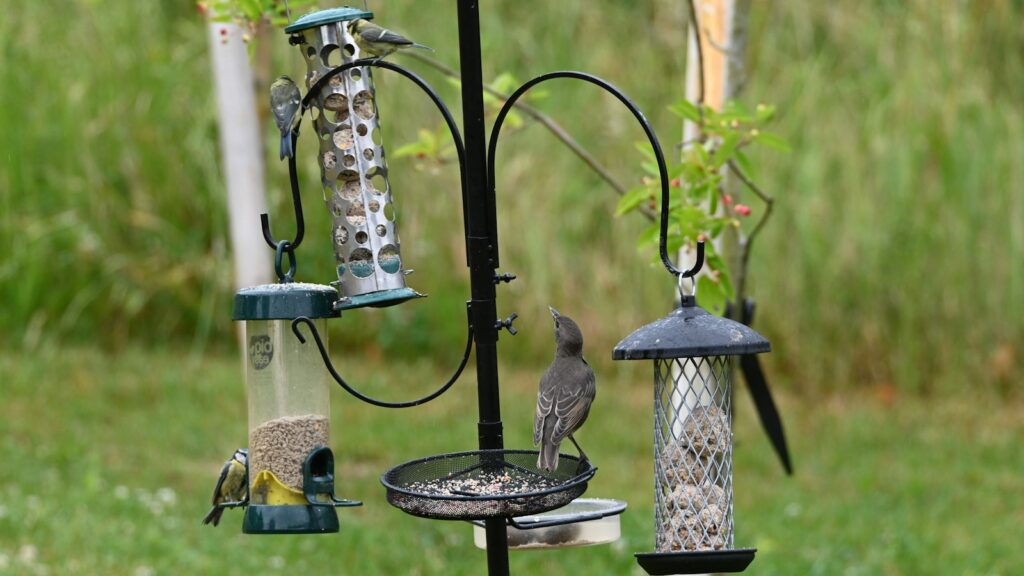
Creating habitat-rich environments significantly increases both the quantity and diversity of birds visiting your backyard during the challenge. Incorporate multiple feeding stations with varied food types—including black oil sunflower seeds, nyjer seed, suet, and fruit—to attract different species with their specific dietary preferences. Water features prove essential, with bird baths, small ponds, or even simple shallow dishes providing drinking and bathing opportunities that draw birds even when they’re not feeding. Native plants form the foundation of truly bird-friendly yards, offering natural food sources through seeds, berries, and nectar while supporting the insect populations that many birds rely upon for protein. Strategic placement of brush piles, mature trees, and dense shrubbery creates shelter where birds can rest safely between feeding visits and potentially nest during breeding season. Remember that creating a genuinely welcoming bird habitat takes time, so begin enhancing your space several weeks before the challenge starts to allow birds to discover and incorporate your yard into their regular territories.
Establishing Fair Rules and Participation Guidelines
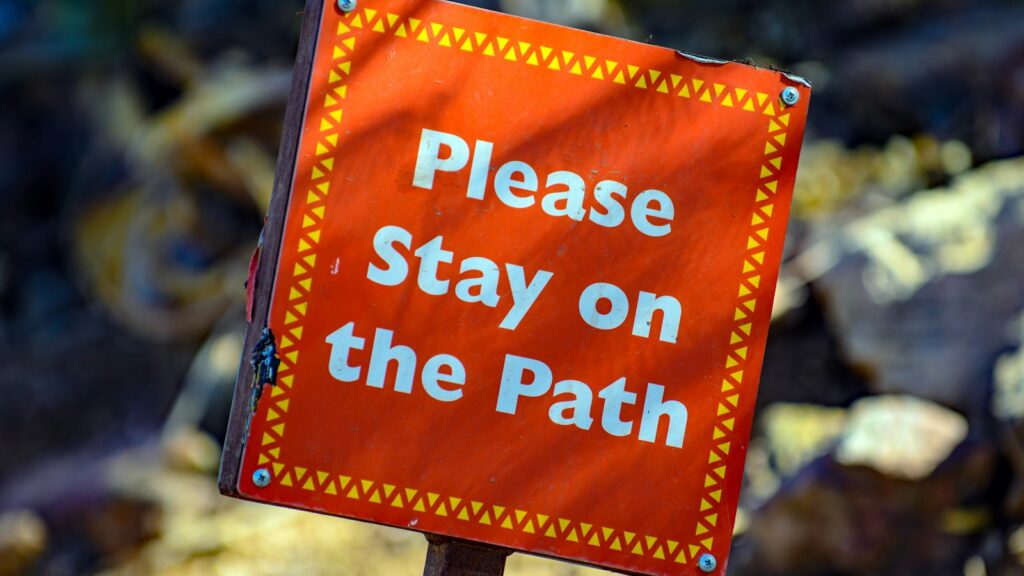
Clear, well-communicated rules ensure a positive experience for all participants regardless of their birdwatching experience. Define the geographical boundaries for the challenge, specifying whether observations must occur within participants’ yards or can include nearby parks and natural areas within walking distance. Create standardized reporting requirements that specify how sightings should be documented, including minimum information like species, date, time, location, and perhaps behavioral notes or photographic evidence for unusual species. Address ethical considerations explicitly, emphasizing the importance of minimizing disturbance to birds and their habitats, prohibiting playback of bird calls which can disrupt breeding and territorial behaviors, and maintaining appropriate distances from nests. Establish verification protocols for rare or unusual sightings, perhaps requiring photographic evidence or confirmation by multiple participants to maintain the challenge’s integrity. For competitive categories, create clear scoring systems that balance quantity (number of species) with quality (rareness of sightings or exceptional observations) to reward different types of birdwatching skills.
Leveraging Technology for Tracking and Sharing
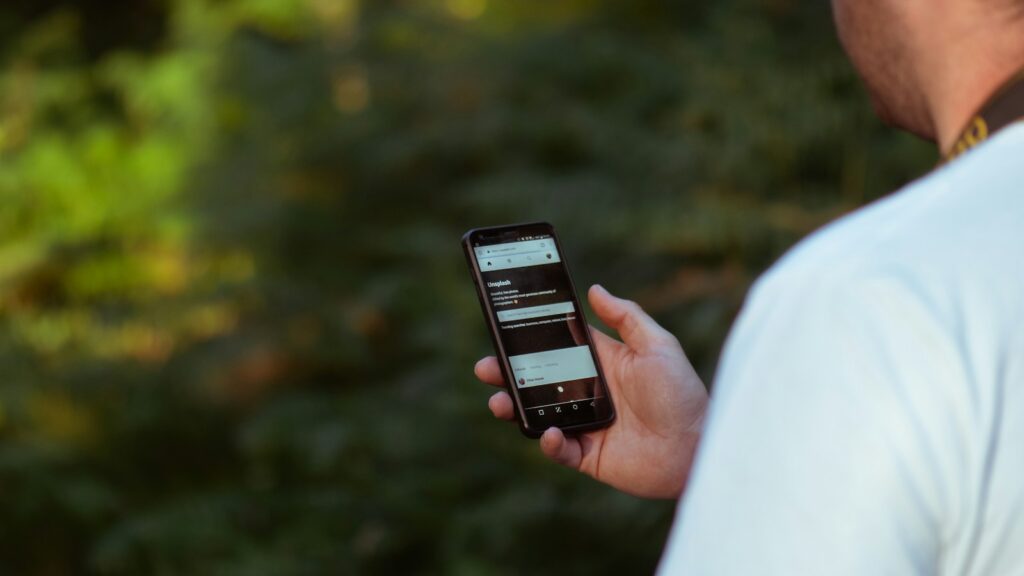
Modern technology transforms birdwatching challenges from solitary pursuits into connected community experiences. Bird identification apps like Merlin Bird ID and eBird Mobile not only help with accurate identification but can also track personal lists and compare findings with historical data for your location. Create a dedicated digital hub for your challenge using platforms like WhatsApp groups, Facebook pages, or specialized nature observation platforms like iNaturalist where participants can share real-time updates, photos, and interesting observations that might help others spot similar species. Online reporting forms using Google Forms or specialized birdwatching platforms simplify data collection and create consistent records that can be analyzed during and after the challenge. For tech-savvy groups, consider implementing gamification elements through specialized nature challenge apps that award points, create leaderboards, and offer achievement badges for specific accomplishments like spotting nocturnal species or documenting complete families of birds. These digital tools build community through shared experiences even when participants observe independently from their own backyards.
Incorporating Educational Elements into Your Challenge
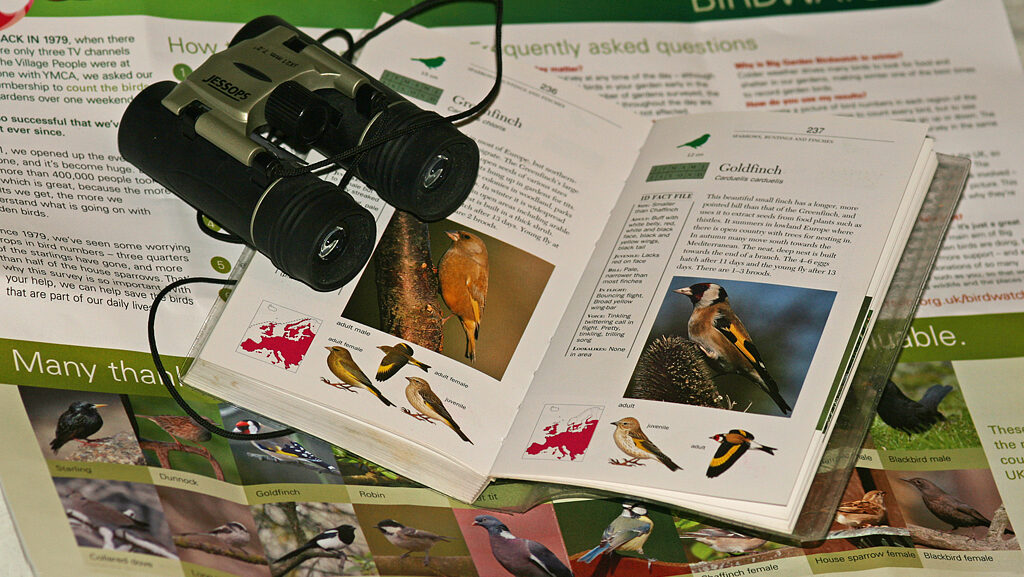
Weaving educational components throughout your challenge transforms it from a simple competition into a meaningful learning experience. Provide participants with information packets about local bird species, including identification tips, interesting behavioral facts, and conservation status to build knowledge beyond simple recognition. Arrange virtual or in-person workshops before the challenge begins, covering topics like bird identification by sight and sound, understanding migration patterns, or recognizing common behaviors and their significance. Create “bird of the day” spotlights during the challenge that highlight interesting species likely to be seen, sharing fascinating facts about their ecology, behaviors, or conservation challenges through email or social media updates. Consider partnering with local naturalists, Audubon Society chapters, or ornithology students from nearby universities who can offer expertise through guest presentations or be available to answer participants’ questions throughout the challenge. The most successful educational elements connect birds to broader ecological concepts, helping participants understand how birds serve as indicators of environmental health and biodiversity.
Connecting with Citizen Science Projects
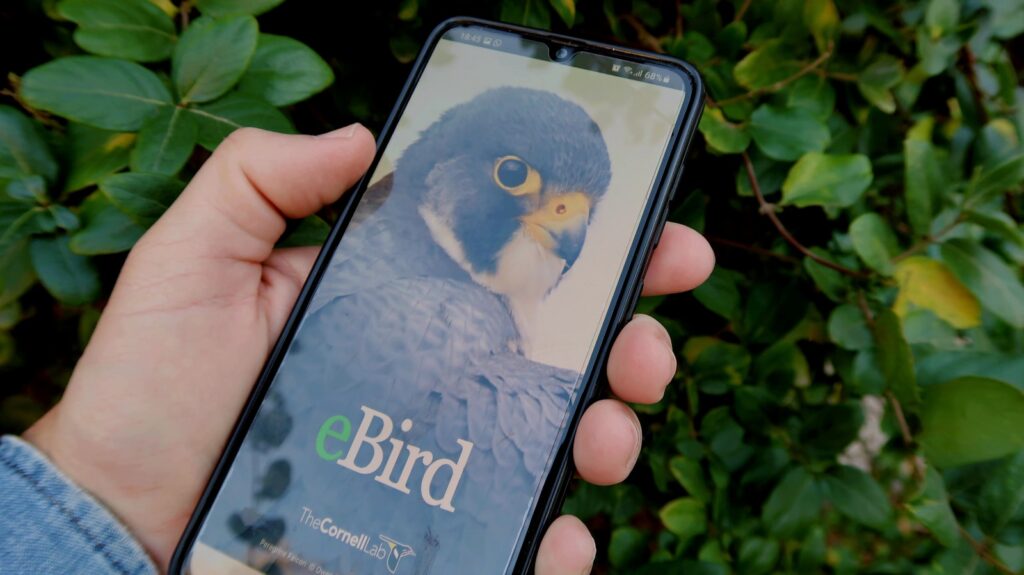
Integrating established citizen science initiatives into your challenge adds purpose beyond competition while contributing valuable data to scientific research. The Cornell Lab of Ornithology’s eBird platform represents the gold standard for citizen science birdwatching, allowing participants to submit observations that scientists use to track bird populations, migration patterns, and conservation concerns. Project FeederWatch provides another excellent option specifically focused on birds visiting feeders during winter months, with straightforward protocols perfect for backyard observers of all experience levels. The annual Great Backyard Bird Count offers a global synchronized counting weekend each February that could serve as the centerpiece for your challenge, connecting your local efforts to an international citizen science event. For challenges focusing on specific conservation concerns, programs like Audubon’s Climate Watch or the Hummingbird Monitoring Network collect targeted data about species particularly vulnerable to habitat changes. Explain to participants how their observations contribute to scientific understanding, conservation efforts, and policy decisions, emphasizing that every backyard observation becomes part of a larger picture when contributed to these established databases.
Creative Challenge Activities Beyond Basic Counting
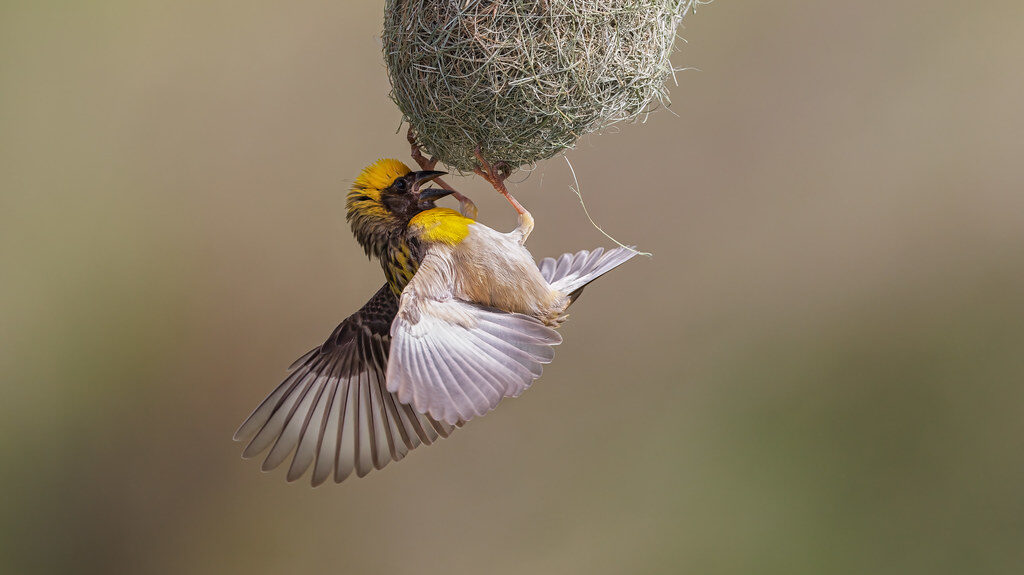
Expanding your challenge beyond species tallies keeps participants engaged and develops different observation skills. Bird behavior bingo challenges participants to observe and document specific behaviors like singing, nest-building, territorial displays, or feeding young, creating a scavenger hunt for natural behaviors rather than just species identification. Photography scavenger hunts with specific themes—birds in flight, birds with food, birds interacting with other species, or birds displaying specific colors—encourage artistic creativity alongside observation skills. For artistically inclined participants, include nature journaling components that combine written observations with sketches, emphasizing the careful observation required to capture details in drawings. Sound recording challenges focus on documenting bird calls and songs, developing participants’ audio identification skills while creating a sound library of local species that everyone can use for future reference. Consider adding habitat improvement projects as challenge activities, with participants earning points for adding native plants, creating brush piles, or installing water features that benefit birds beyond the challenge timeframe.
Planning Engaging Events Throughout the Challenge
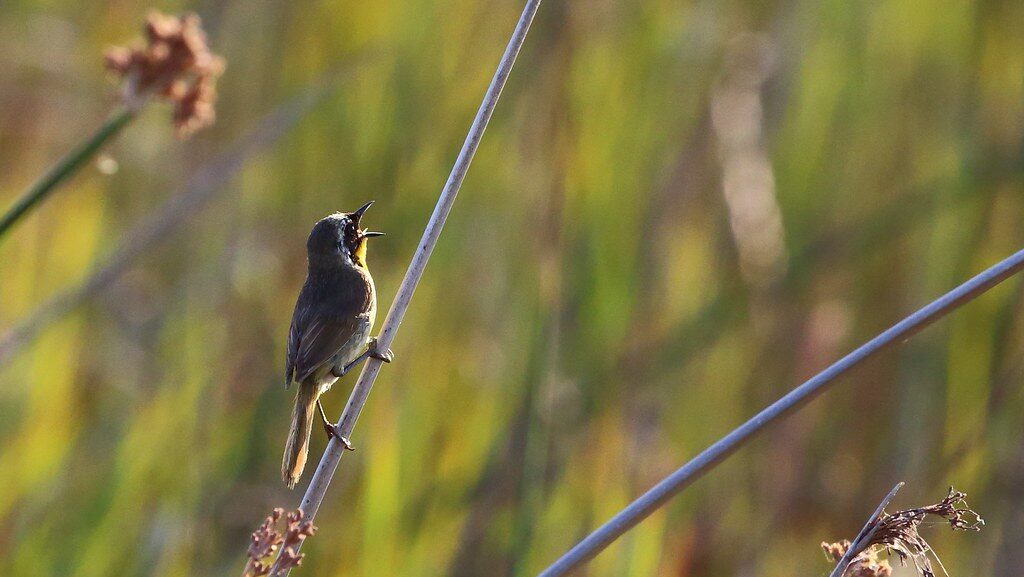
Scheduled events maintain momentum and build community throughout longer challenges while providing structure for shorter ones. Kick off your challenge with a “Big Day” event where everyone commits to intensive birdwatching during the same 24-hour period, creating excitement and establishing baseline species lists for comparison. Schedule mid-challenge virtual check-ins where participants can share unusual sightings, ask identification questions, and discuss patterns they’ve noticed, building camaraderie and knowledge-sharing among the group. For challenges spanning multiple weeks, organize themed mini-challenges like “dawn chorus” mornings where participants rise early to focus on singing birds, or “feeder frenzy” afternoons dedicated to documenting activity at feeding stations. Invite local experts to lead specialized workshops on topics like identifying confusing species pairs, understanding seasonal plumage changes, or recognizing birds by their songs and calls. Conclude your challenge with a celebration event where participants share highlights, compare findings, view a slideshow of the best photographs, and perhaps enjoy bird-themed refreshments while distributing recognition and prizes for various achievements.
Creating Memorable Awards and Recognition

Thoughtful recognition celebrates participants’ efforts and creates lasting memories beyond the challenge itself. Design creative award categories that honor different strengths and contributions, including serious achievements like “Most Species Identified” alongside playful recognitions like “Most Dedicated Dawn Observer” or “Most Improved Birder.” Consider environmentally-friendly prizes that enhance future birdwatching experiences, such as field guides, native plant seed packets, locally-crafted bird feeders, or gift certificates to wildlife supply stores. Create personalized certificates highlighting each participant’s unique contributions or accomplishments, perhaps featuring photographs they took during the challenge or illustrations of their most memorable sightings. Physical mementos like custom challenge t-shirts, tote bags, or window clings not only serve as prizes but also commemorate the shared experience and may spark conversations about birdwatching with others. Remember that recognition should celebrate the full spectrum of participation—from beginners who identified their first chickadee to experienced birders who documented rare species—ensuring everyone feels their contribution was valued regardless of expertise level.
Building Community Through Shared Experiences
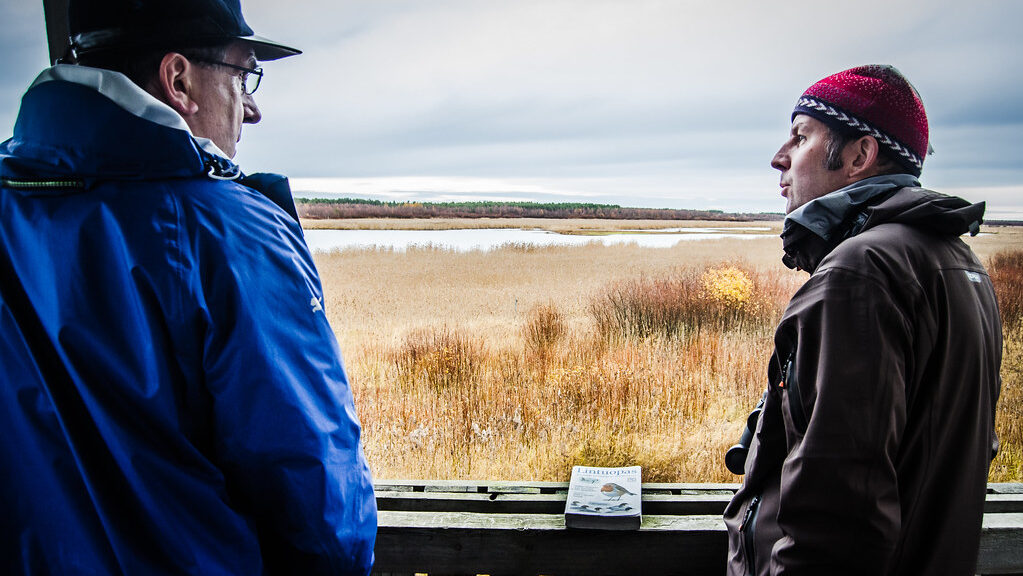
The lasting value of a backyard birdwatching challenge often lies in the connections formed between participants who share this focused nature experience. Create opportunities for mentorship by pairing experienced birders with newcomers, fostering knowledge transfer while building intergenerational relationships through shared observation. Establish communication channels like group texts or social media groups where participants can alert others to exciting sightings in real-time, creating spontaneous gathering moments when unusual species appear. Collect and share stories about memorable moments, surprising observations, or personal connections to particular birds, recognizing that emotional experiences often form the strongest memories from nature activities. Consider creating a lasting record of your challenge through a digital photo collection, printed booklet, or online blog that documents not just the birds observed but also the human experiences and connections formed during the process. The relationships built through shared birdwatching often extend beyond the challenge timeframe, creating ongoing nature appreciation communities that continue observing and protecting local birds together.
Conclusion
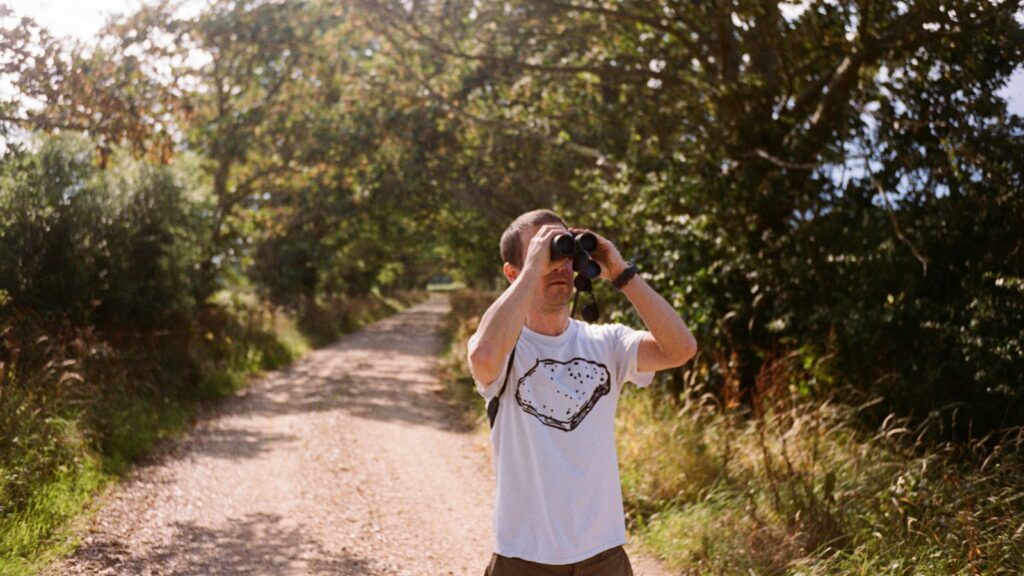
Hosting a backyard birdwatching challenge offers far more than a competitive activity—it creates a framework for deepening connections with nature, building community, and contributing to scientific understanding of bird populations. By thoughtfully designing your challenge with clear rules, engaging categories, educational components, and celebration elements, you transform casual bird observation into a meaningful experience that participants will remember long after the final tallies are counted. The birds that visit our backyards represent accessible wildlife ambassadors, offering daily opportunities to witness natural behaviors and ecological relationships unfolding just beyond our windows. Whether your challenge lasts a weekend or spans the seasons, the awareness it builds will forever change how participants experience their outdoor spaces, transforming ordinary backyards into extraordinary windows into the natural world.
